1. Headphones vs. Headset: Definition and Basic Features
First, the basics. It's simpler than you might think.

Headphones Overview
Think of headphones as purely for listening. Their main job is to pump audio into your ears. They take an audio signal from your phone, computer, console, or stereo and convert it into sound waves you can hear. That's their mission. They come in a few main styles:
- Over-ear: These have large earcups that completely enclose your ears. Often comfy for long sessions and good at blocking outside noise naturally.
- On-ear: Smaller earcups that rest on your ears instead of around them. More portable, but it might let in more ambient sound and can sometimes press uncomfortably after a while.
- In-ear: These are your typical earbuds or IEMs (In-Ear Monitors) that sit inside your ear canal. Super portable, great for noise isolation if they fit well.
ATTACK SHARK L80PRO Wireless Gaming Headset
Headset Overview
A headset is essentially headphones + a built-in microphone. That's the key difference. It's designed for two-way communication—letting you listen and talk. Headsets come in the same basic styles as headphones (over-ear, on-ear, and sometimes even specialized in-ear designs, though less common for gaming), but they always include that crucial mic component.
ATTACK SHARK G300 ANC Foldable Ultra-Light Dual-Mode Headphones
2. Headphones vs. Headset: Audio vs. Communication
Okay, so one has a mic, and one doesn't. But how does that difference play out in practice?
Audio Quality
This is a big one, especially if you care about how your music or game sounds. Generally speaking, manufacturers designing headphones can put their entire budget and engineering focus into sound reproduction. This often means that at a similar price point, dedicated headphones might offer better audio clarity, a more balanced sound signature, or a wider soundstage (how spacious the audio feels) compared to a headset. Headsets have to split resources between decent speakers and a decent microphone.
Now, don't get me wrong—there are some fantastic-sounding gaming headsets out there, especially premium ones. But if your absolute top priority is pure, unadulterated audio quality for music or critical listening, dedicated headphones often have the edge.
Microphone Functionality
This is the headset's whole reason for being. If you need to talk—coordinating with your squad in Valorant, jumping on a Zoom call, or taking calls while working from home—you need a microphone. Headsets provide this integrated solution. Mic quality varies wildly on headsets, from barely passable to surprisingly clear, broadcast-quality setups. Common types include:
- Boom Mic: The classic arm extending from one earcup. Often offers the best voice pickup as it's close to your mouth. Can be rigid, flexible, detachable, or retractable.
- Inline Mic: A small microphone built into the cable, common on mobile-focused earbuds or simpler headsets. Quality is usually okay for calls but not great for gaming or streaming.
- Built-in/Pinhole Mic: Tiny mics integrated into the earcup itself. Less visually obvious but often pick up more background noise and sound more distant.

3. Headphones vs. Headset: When to Grab Which
Knowing the differences helps you pick the right tool for the job.
Ideal Scenarios for Headphones:
- Music Listening: If you just want to vibe out to your tunes, whether you're a casual listener or a serious audiophile, headphones are the way to go.
- Commuting/Travel: Blocking out noise on a plane or train? Noise-canceling headphones are perfect.
- Studio Work/Audio Production: Critical listening requires accurate sound reproduction, which is the domain of studio monitor headphones.
- Single-Player Gaming: If you're just immersing yourself in a solo adventure like Elden Ring or Cyberpunk 2077 and don't need to chat, high-quality headphones can provide an amazing atmosphere.
Optimal Uses for Headsets:
- Multiplayer Gaming: Absolutely essential for talking strategy, callouts, or just trash-talking with friends online.
- Video Conferencing/Online Meetings: Clear communication is key for work-from-home setups, online classes, or virtual hangouts.
- Customer Service/Call Centers: Any job that requires constant phone communication benefits from a comfortable headset.
- Streaming: While many streamers use dedicated microphones, a headset provides an all-in-one starting point.
4. Headphones vs. Headset: Look and Feel
Both headphones and headsets need to be comfortable, especially if you plan on wearing them for hours. Factors like weight, clamping force (how tightly they squeeze your head), earcup size and material (plush velour vs. sweat-inducing pleather), and headband padding all play a role. Sometimes, the added boom mic on a headset can add a little weight or make the balance feel slightly asymmetrical, but most modern designs account for this.
Headphones range from minimalist and sleek to bold and colorful fashion statements. Headsets, particularly gaming ones, often have a more aggressive "gamer" aesthetic with RGB lighting and angular designs, though many options now offer more subdued looks suitable for office environments. Build quality generally scales with price in both categories—cheaper models use more plastic, while premium ones incorporate metal components and more durable materials.

5. Headphones vs. Headset: What's the Cost?
You can find headphones at literally almost any price point. Cheap earbuds cost just a few bucks, decent consumer headphones range from 50 to 300, and high-end audiophile gear can run into the thousands. Generally, as you pay more for headphones, you're paying for better sound quality, better materials, more advanced features like noise cancellation, or brand reputation.
Headsets also span a wide price range, from budget options under $50 to premium wireless models costing $300+. Because they include both speaker drivers and microphone technology, a headset might cost slightly more than a pair of headphones with comparable audio quality, or conversely, a headset at a given price might make compromises on audio or mic quality compared to specialist headphones or a dedicated mic setup at that price.
The best value depends entirely on your needs. If you never use a microphone, spending extra for a headset provides no value. If you need to communicate regularly, the integrated solution of a headset offers great convenience and value compared to buying separate headphones and a microphone.
Summing It Up
So, there you have it. It really boils down to one simple question: Do you need a built-in microphone?
- If yes, because you game online, make frequent calls, or attend virtual meetings, you need a headset.
- If not, and your main focus is just listening—to music, podcasts, single-player games, or movies—then headphones are likely the better choice, potentially offering superior audio quality for your money.
Recap of Key Points:
- Headphones = Listening only.
- Headset = Listening + Built-in Microphone.
- Headphones often prioritize pure audio quality at a given price.
- Headsets prioritize communication convenience alongside audio.
- Choose based on whether you need to talk frequently.
Don't get bogged down by the terms. Just think about how you'll actually use them day to day. Figure out your primary need—listening or communicating—and choose the gear that fits the bill. Now go forth and pick the right audio companion!



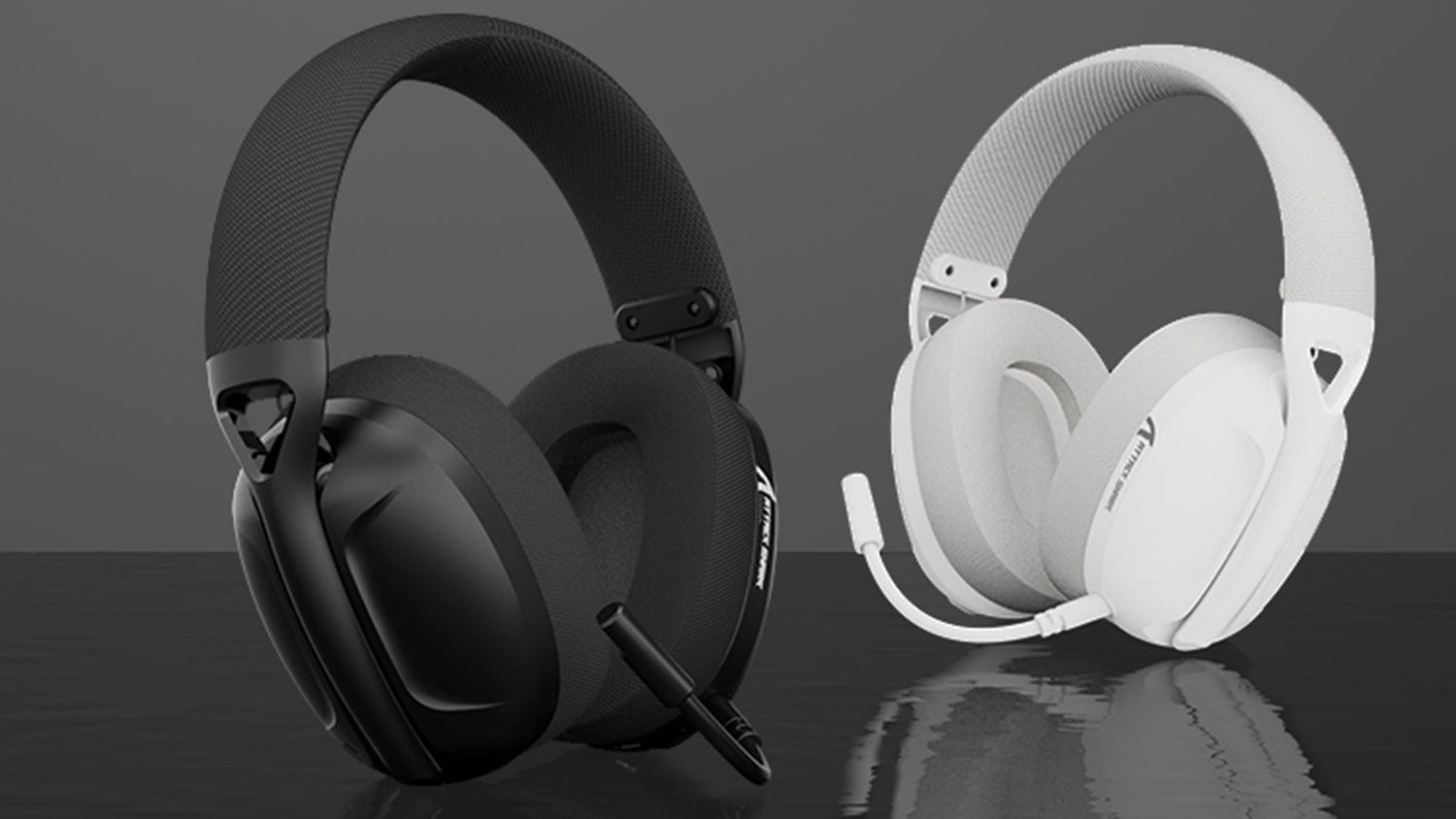
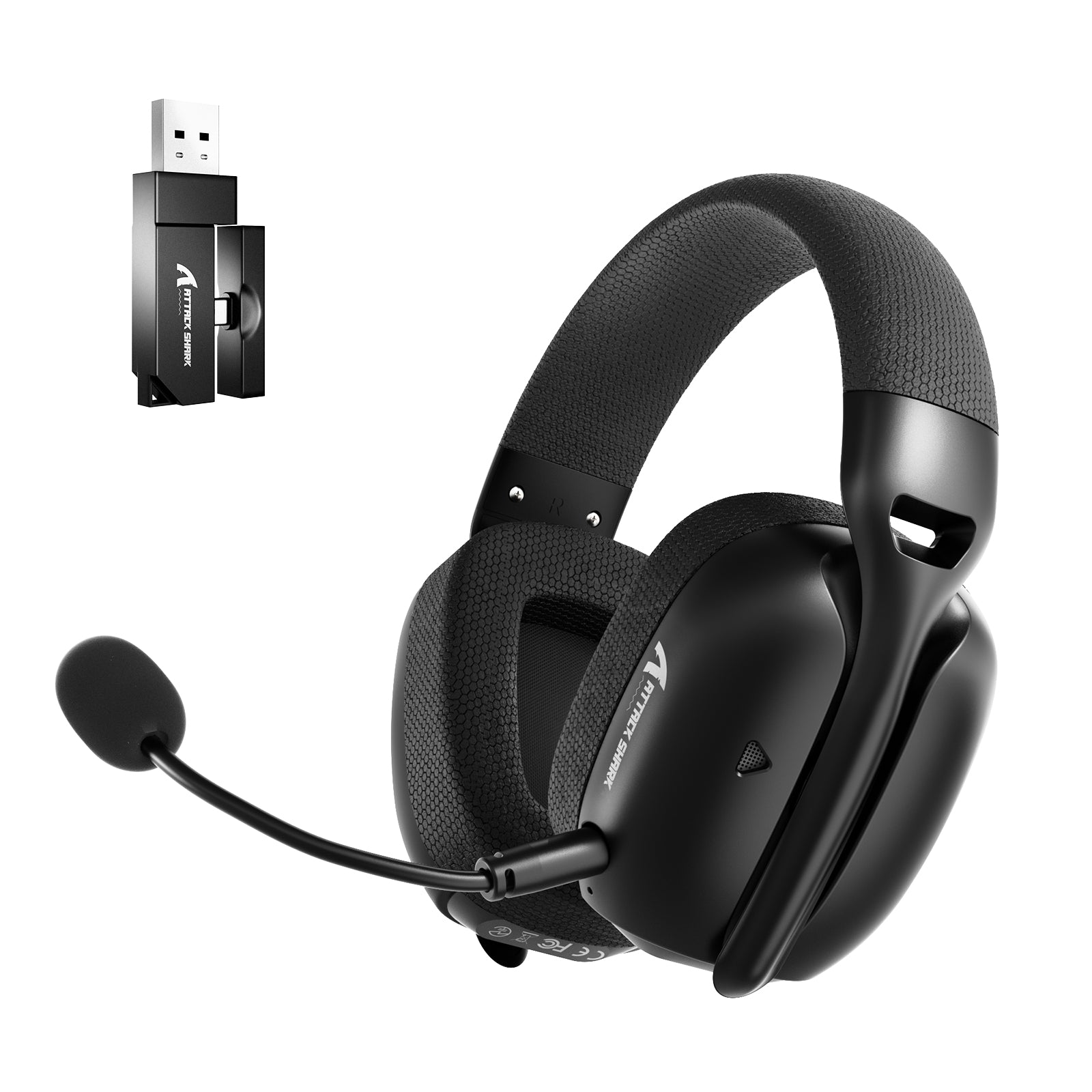
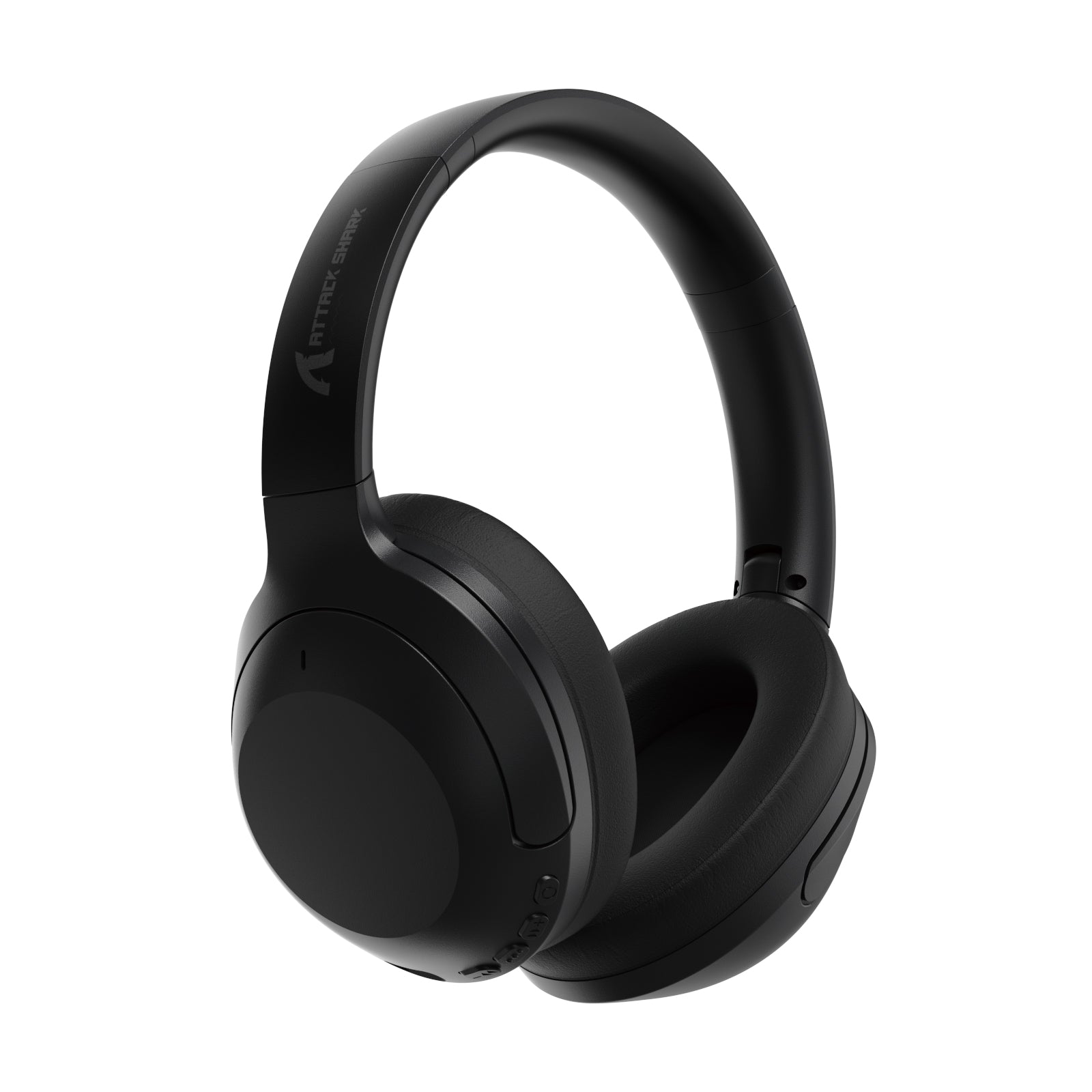
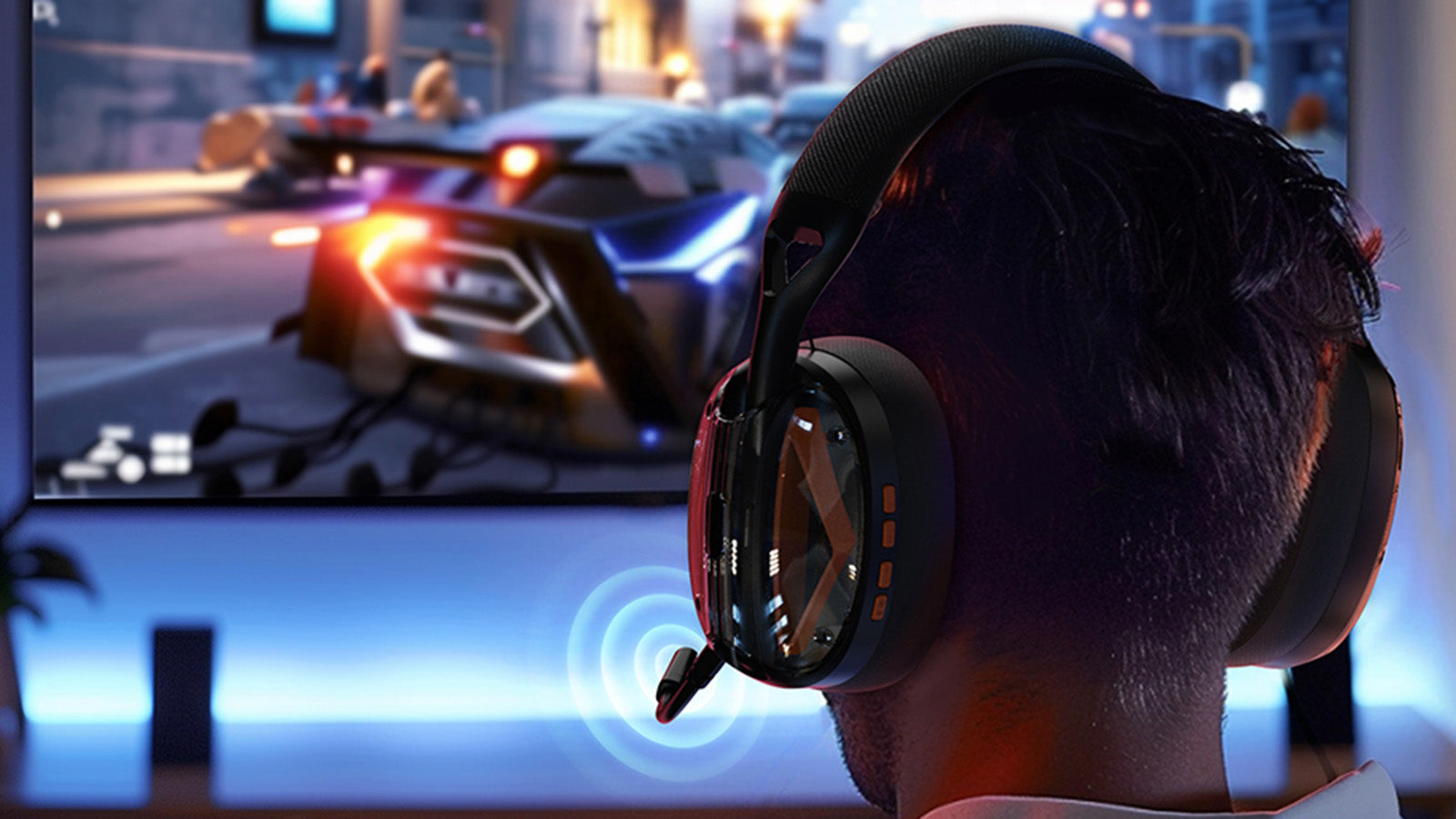
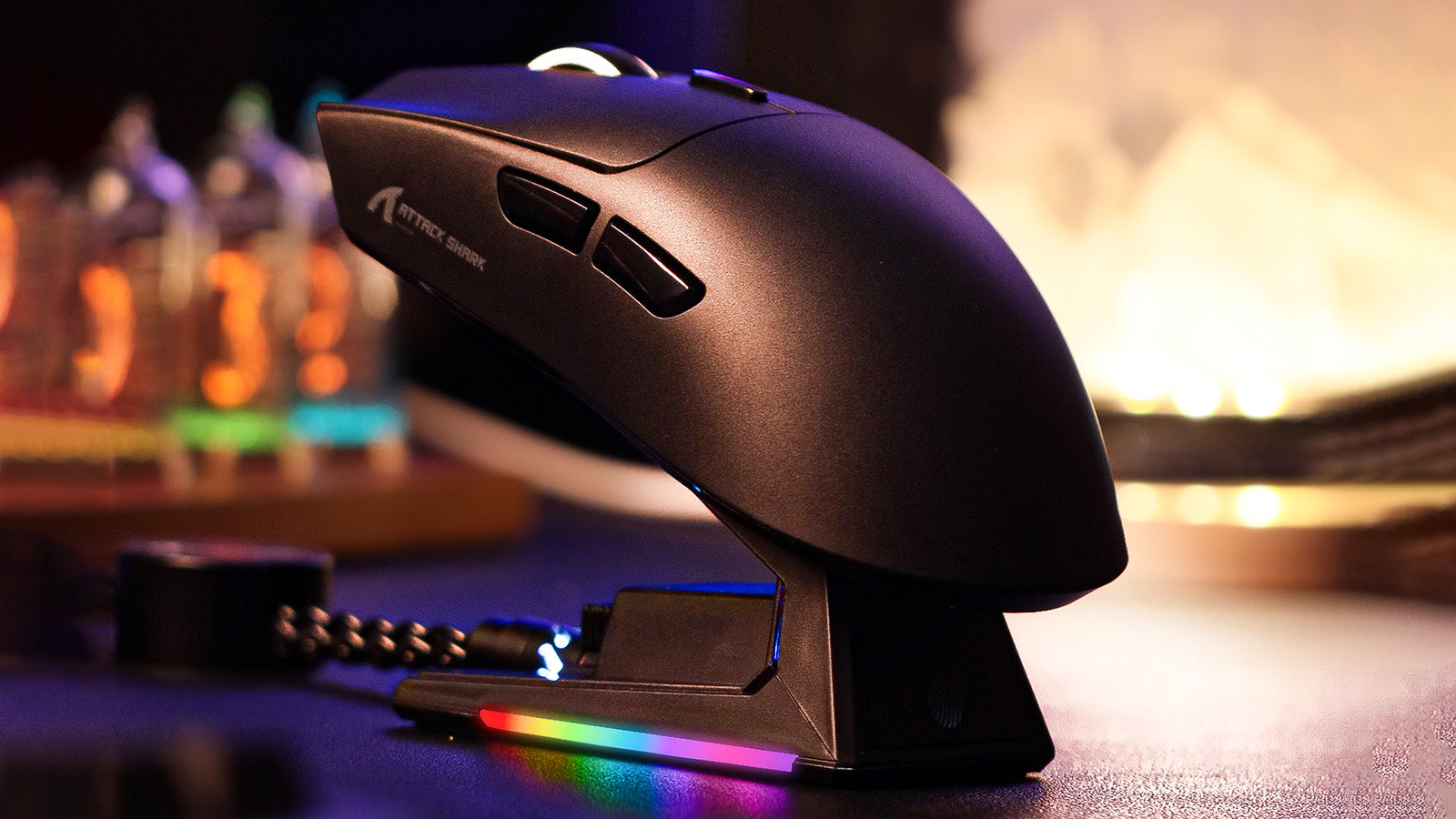
Leave a comment
This site is protected by hCaptcha and the hCaptcha Privacy Policy and Terms of Service apply.